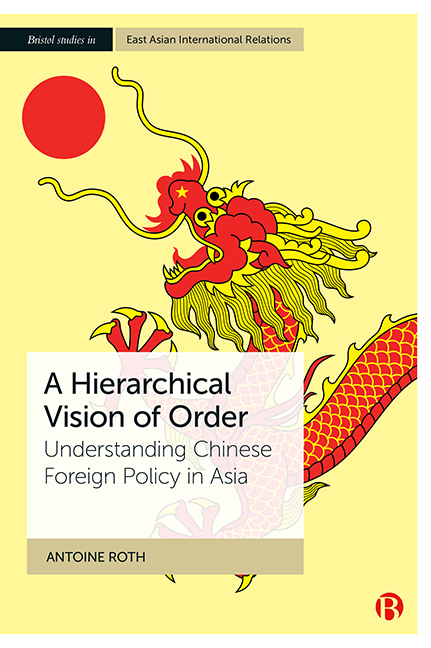Book contents
- Frontmatter
- Contents
- Acknowledgements
- Introduction
- 1 Aspects of Asia as an International System
- 2 The Ideal of Hierarchical Order
- 3 Statecraft in the Long Imperial Era
- 4 China’s Forced Entry into International Society and the Transformation of the Ideal of Hierarchical Order
- 5 The Pursuit of a Hierarchical Order in the People’s Republic of China
- 6 Moral Discourse and Ritual in Contemporary Chinese Diplomacy
- 7 Traditional Tools of Rulership in the Modern World
- Conclusion
- References
- Index
4 - China’s Forced Entry into International Society and the Transformation of the Ideal of Hierarchical Order
Published online by Cambridge University Press: 17 January 2024
- Frontmatter
- Contents
- Acknowledgements
- Introduction
- 1 Aspects of Asia as an International System
- 2 The Ideal of Hierarchical Order
- 3 Statecraft in the Long Imperial Era
- 4 China’s Forced Entry into International Society and the Transformation of the Ideal of Hierarchical Order
- 5 The Pursuit of a Hierarchical Order in the People’s Republic of China
- 6 Moral Discourse and Ritual in Contemporary Chinese Diplomacy
- 7 Traditional Tools of Rulership in the Modern World
- Conclusion
- References
- Index
Summary
The ritual order, as it existed in one form or another during the whole imperial era, eventually came to an end around the turn of the 20th century under the combined assault of European colonialism and Japan’s Westernization and turn to imperialism. Internationally, the transition to a diplomatic system based on bilateral treaties was not sudden or absolute – Hamashita Takeshi speaks of an ‘era of negotiation’ between tributary and treaty relations from 1830 to 1890 (1997: Ch. 7; 2003) – but eventually all East Asian states still free from colonial rule had to adopt the Western style of relations between nation states. China itself had to abandon its traditional view of itself as the centre of a world order governed by ritual and adapt to the new realities of the expanding Western international society. This involved reconfiguring its domestic state structure on Western lines as well, culminating with the Xinhai revolution of 1911, which aimed for the establishment of a constitutional republic. Eventually, Confucianism itself, now seen as the cause of China’s decline and the source of its woes, was rejected and replaced by nationalism and Marxism-Leninism as the two new ideological pillars of the ‘new China’ that eventually emerged in 1949.
Our aim in this chapter is to identify what remained, after these revolutionary changes, of China’s traditional world view and of its attachment to the core principles underlying its traditional vision of order. The following pages show how China’s pessimistic assessment of the international society dominated by Western imperial powers gave rise to a new sense of mission, aiming to establish a more just, though still hierarchical, international order that would see China recover its rightful place as the leader of Asia. This claim was still framed in moral terms, as China favourably compared itself with Western imperial powers thanks to its ‘inherent virtues’ and advocacy for the liberation of Asian nations. This chapter also discusses how, despite the necessity to abandon traditional tools of statecraft and embrace the norms of modern diplomacy, China remained focused on matters of international status in its interactions with international society.
- Type
- Chapter
- Information
- A Hierarchical Vision of OrderUnderstanding Chinese Foreign Policy in Asia, pp. 80 - 100Publisher: Bristol University PressPrint publication year: 2023



